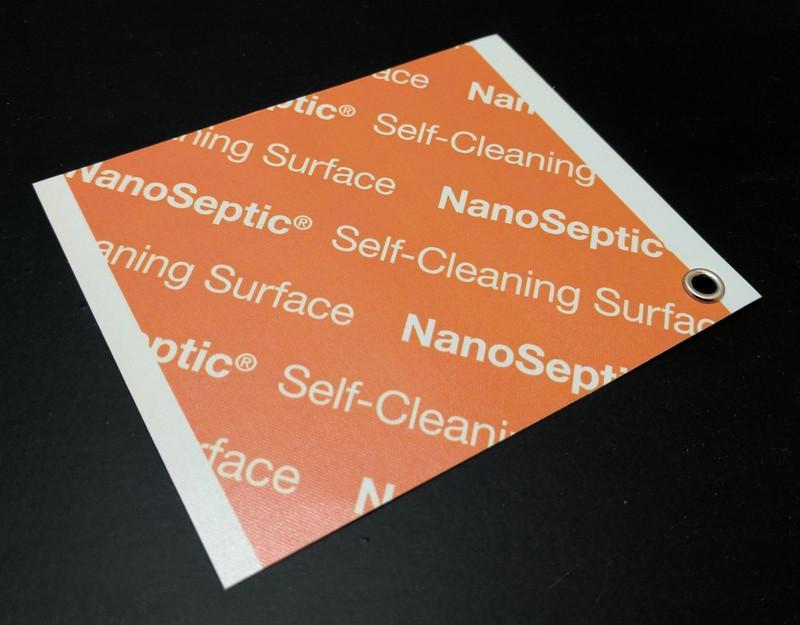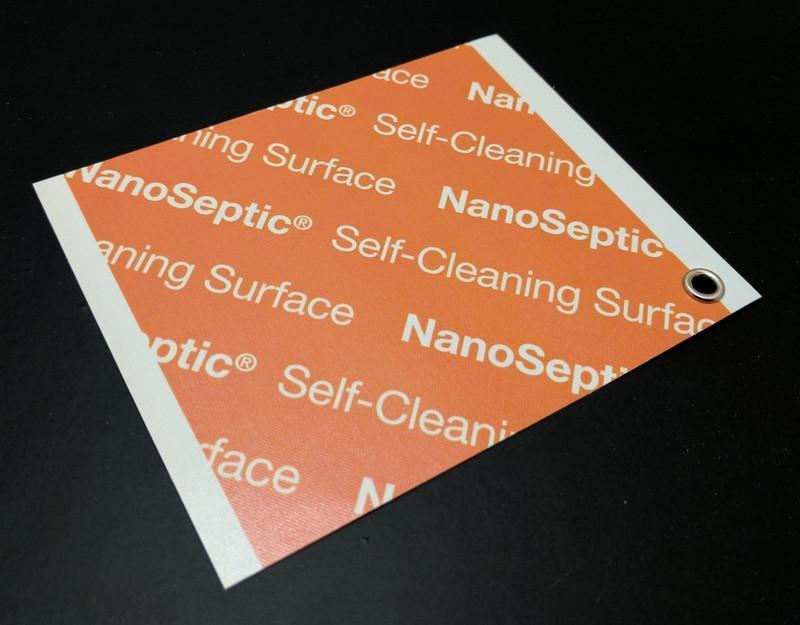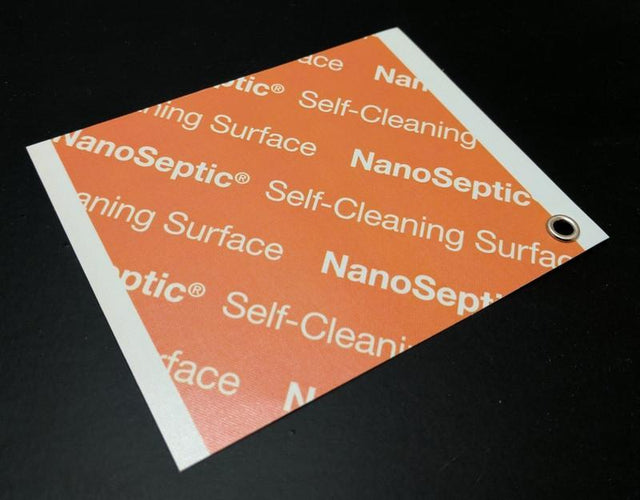Product category: Surface
Photocatalytic Surface - Breaks down organic matter when exposed to UV light
Titanium dioxide (TiO2) is incorporated into surfaces where it functions as a catalyst, that creates free radicals from water molecules in the air when exposed to UV light (<387 nm). The highly reactive free radicals break down organic matter, micro-organisms (e.g. bacteria), and pollutants (e.g. NOx gases).
What are photocatalytic surfaces used for:
TiO2-containing surfaces are used for antibacterial touchpoints in hospitals, restaurants, schools, and other public areas. It is also used in self-cleaning coatings for buildings and self-cleaning glass windows.
Details:
The TiO2 is unaffected by the chemical process and is non-leaching and the surface will therefore stay active. TiO2 is considered non-toxic. The TiO2 used for photocatalysis has a different crystal structure than the TiO2 used as a white pigment and food additive.
Idea:
Use TiO2 in a mould-killing paint for garden fences.
The sample:
The sample is a piece of an antibacterial photocatalytic sticker. It measures 8 cm x 10 cm.
All samples come with a laminated information card, which includes contact details for the supplier.
Photocatalytic Surface - Breaks down organic matter when exposed to UV light is backordered and will ship as soon as it is back in stock.
The sample you get:
Estimate the shipping cost
Questions & Answers
Have a Question?
Be the first to ask a question about this.
Your payment is processed by Shopify or Paypal - We do not receive or have access to your credit card information.




